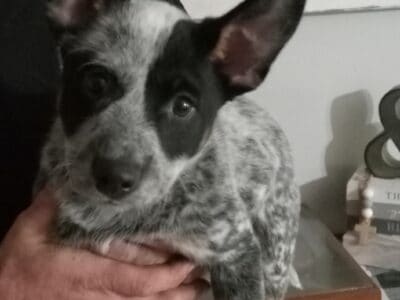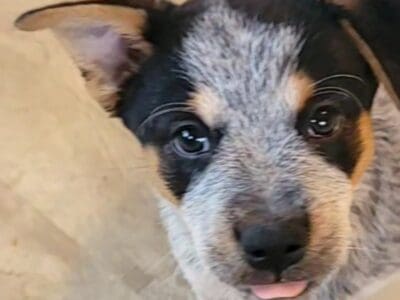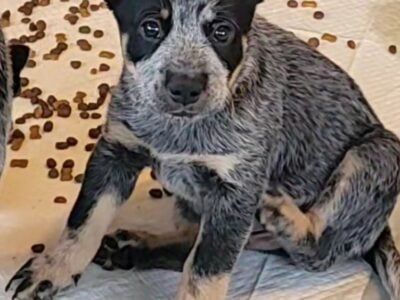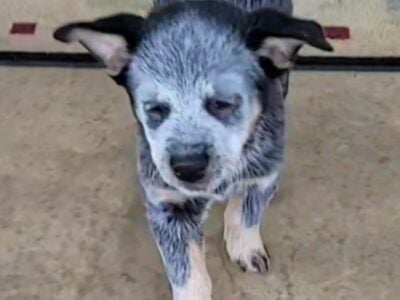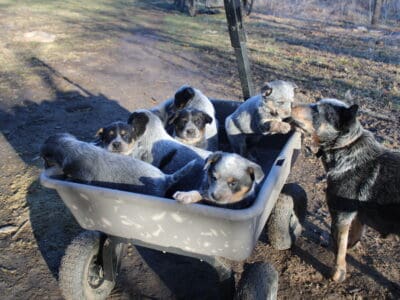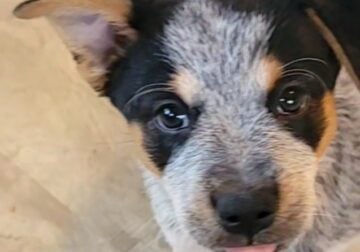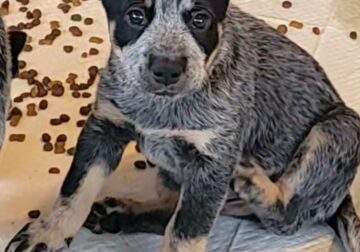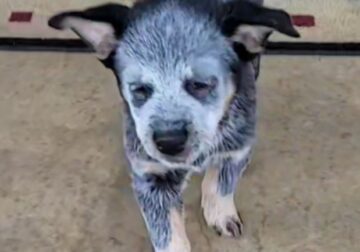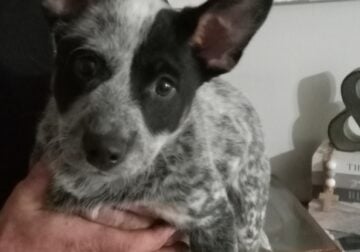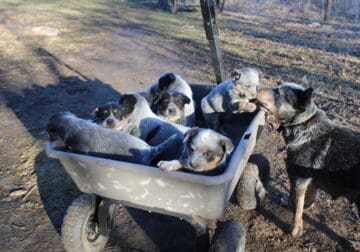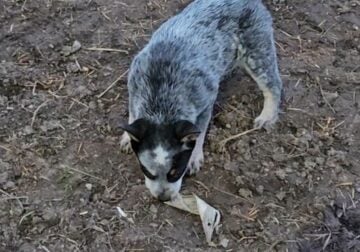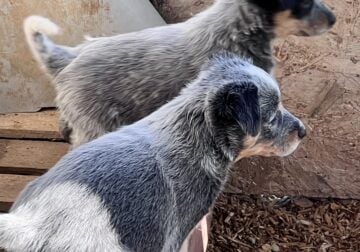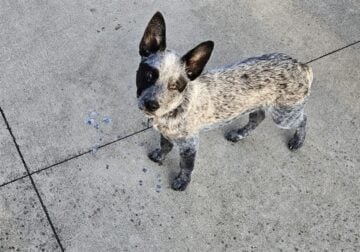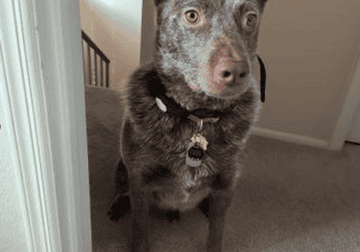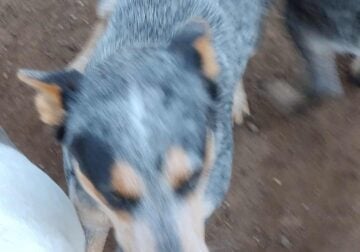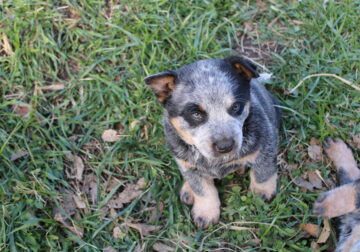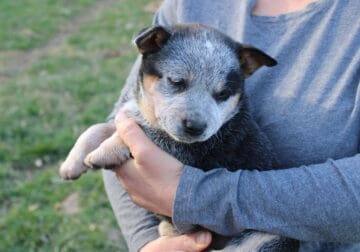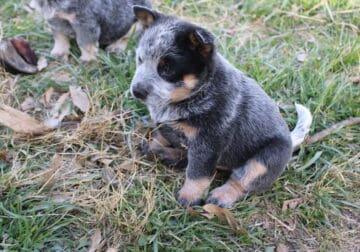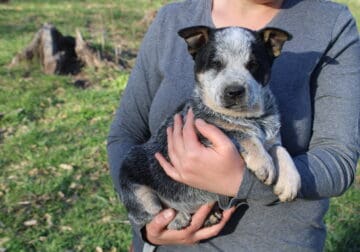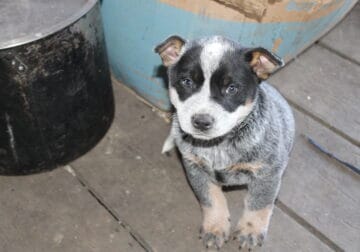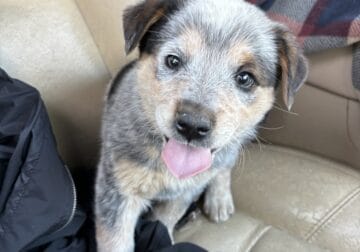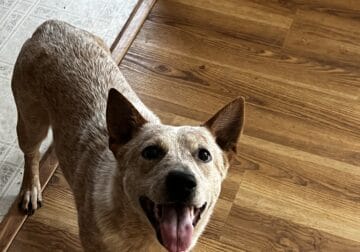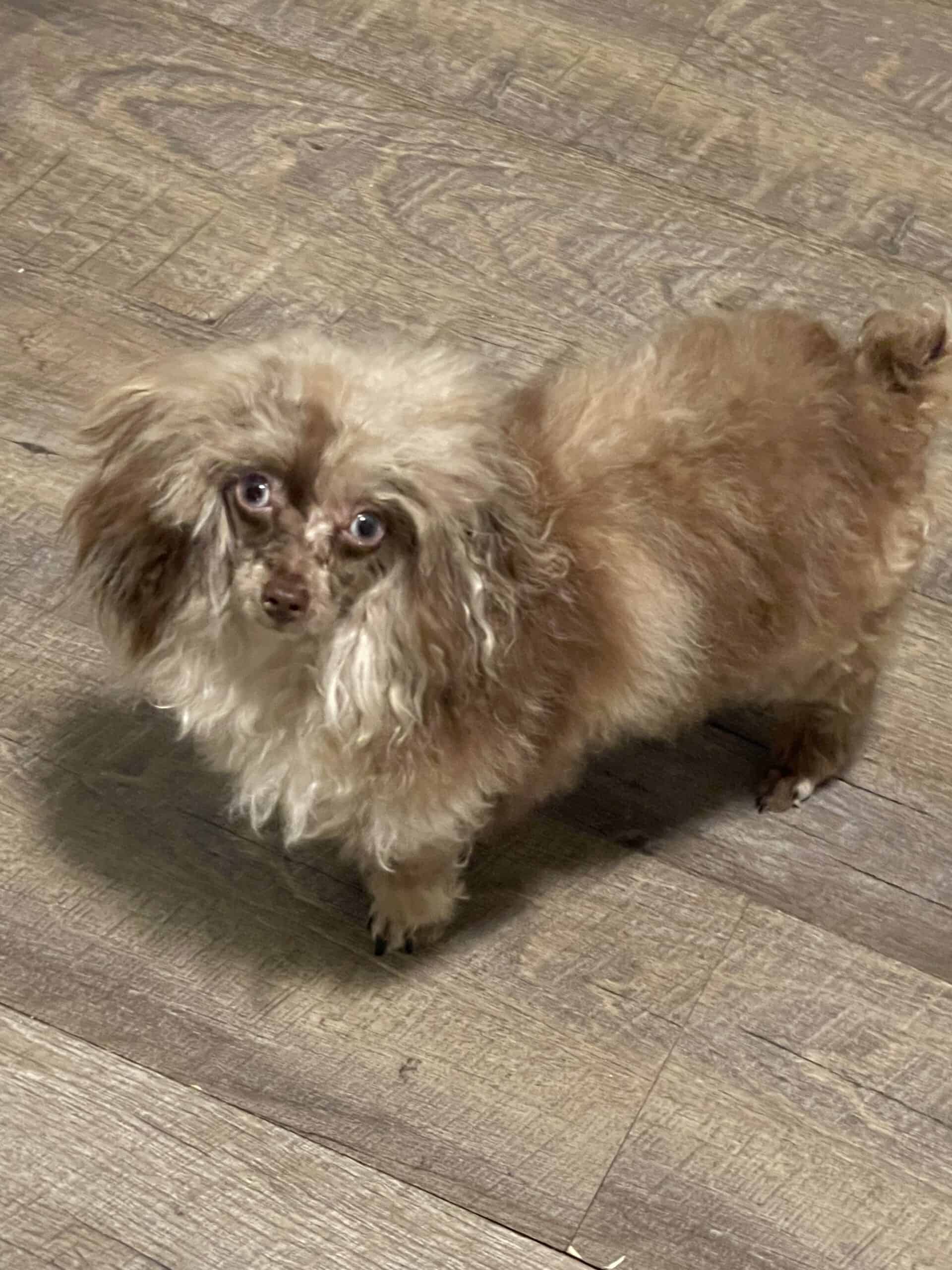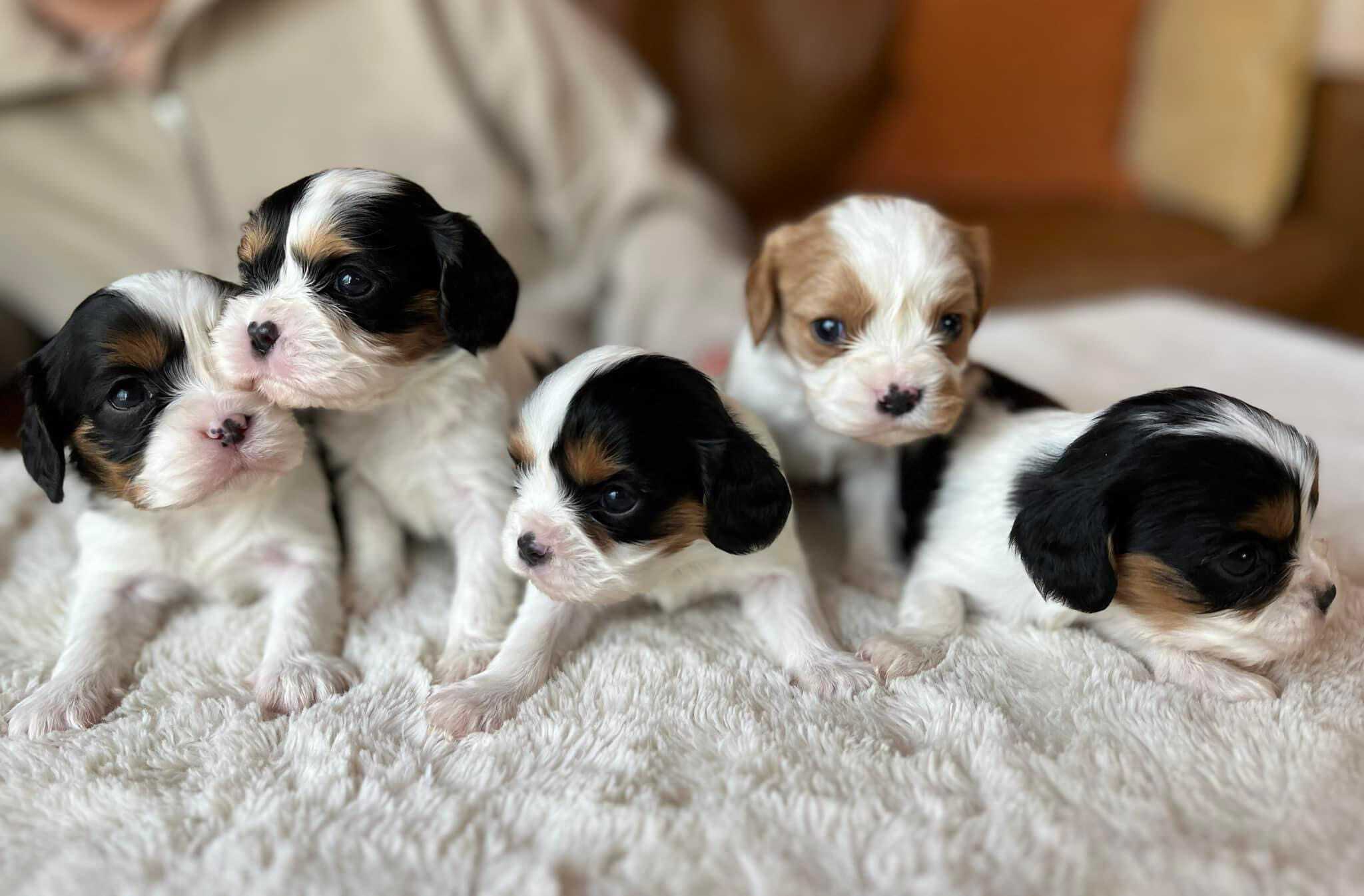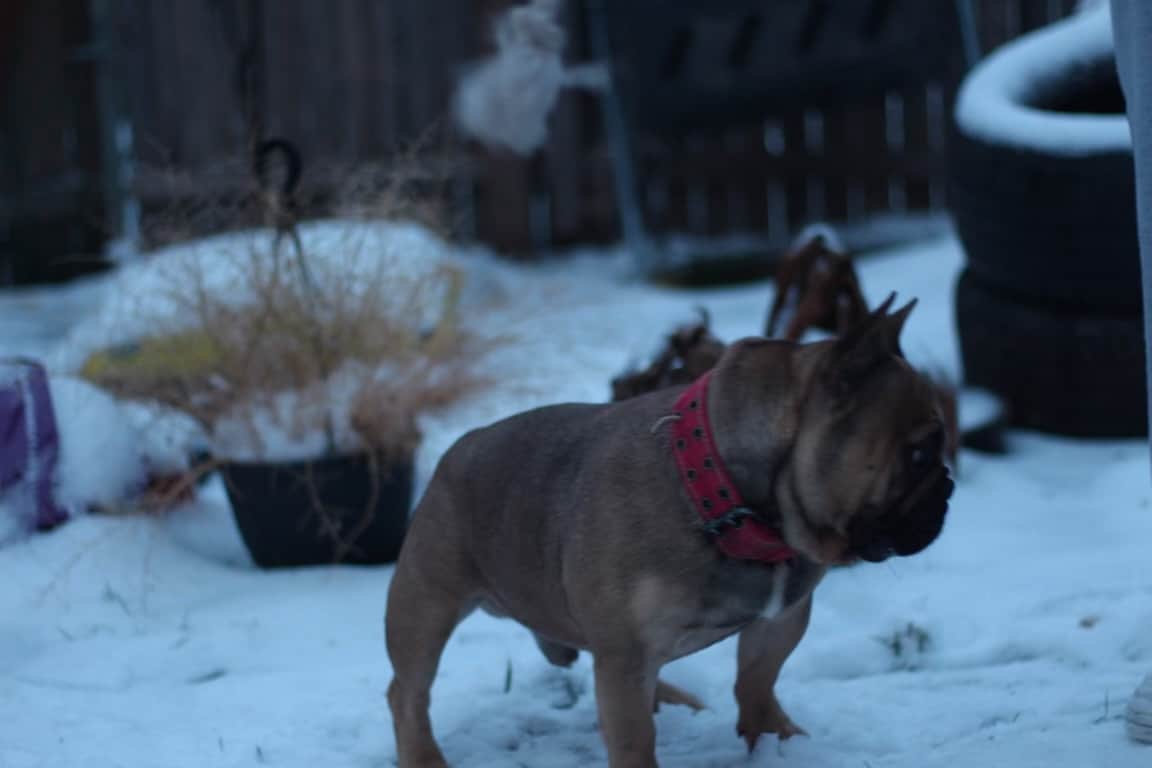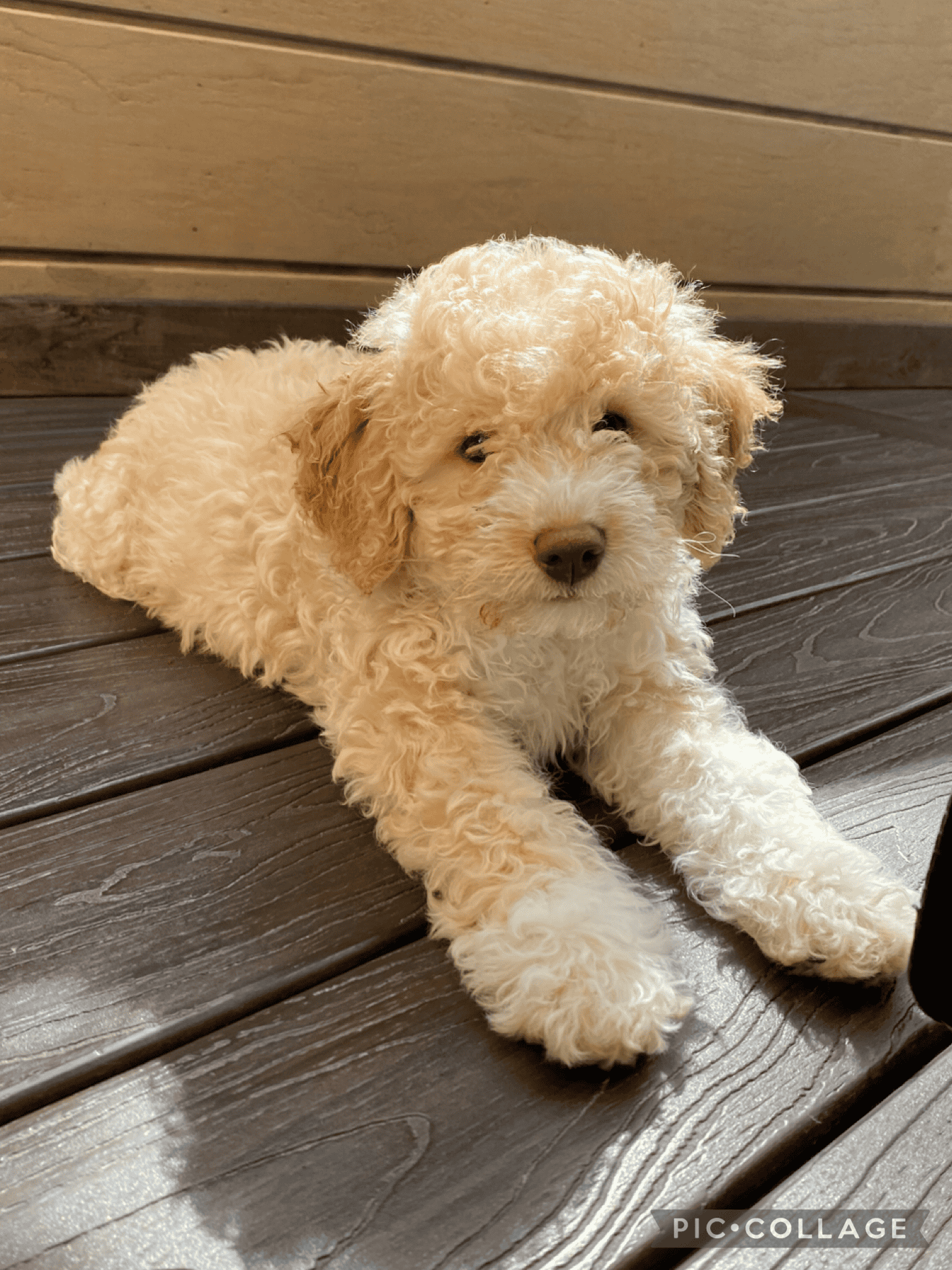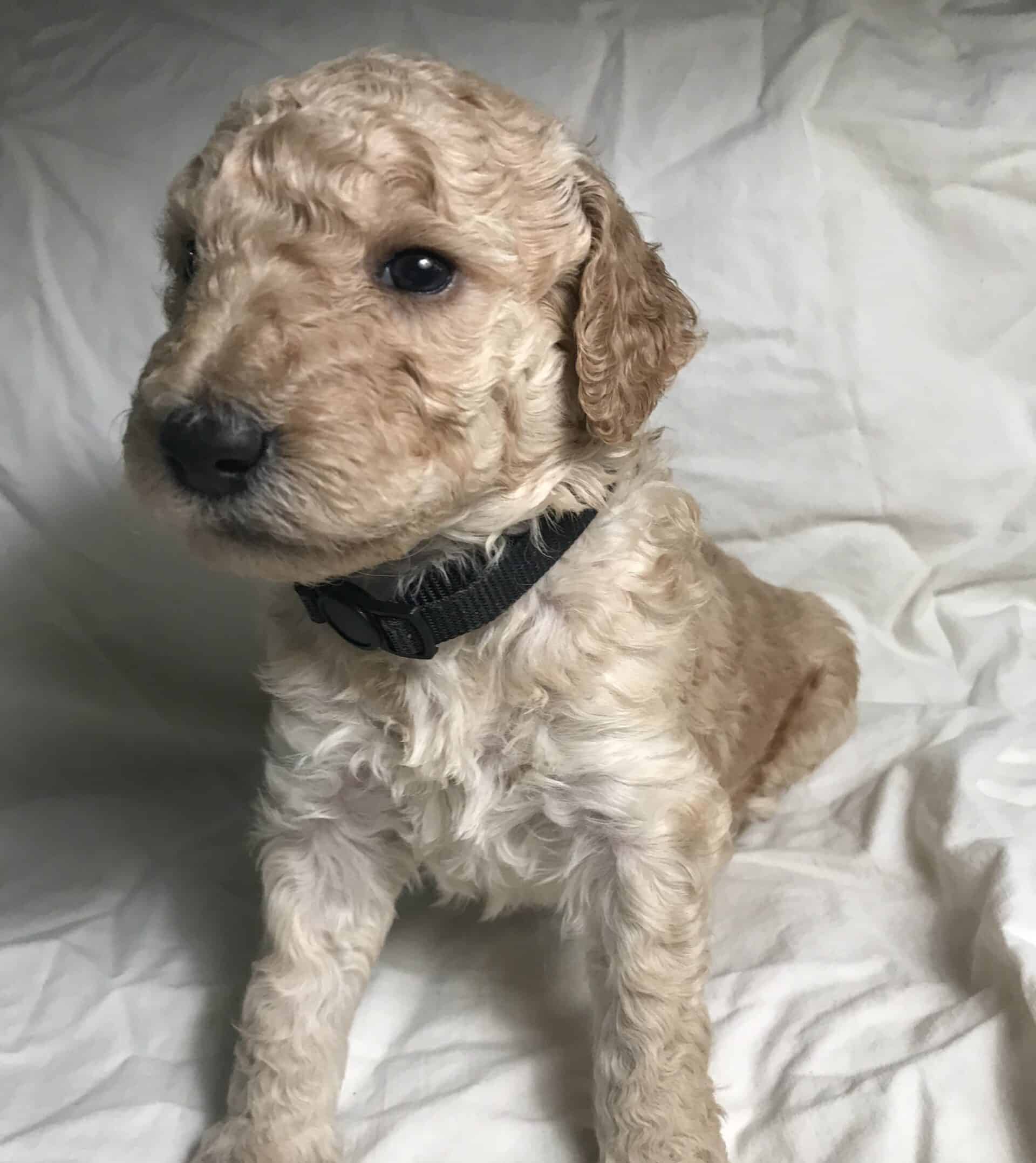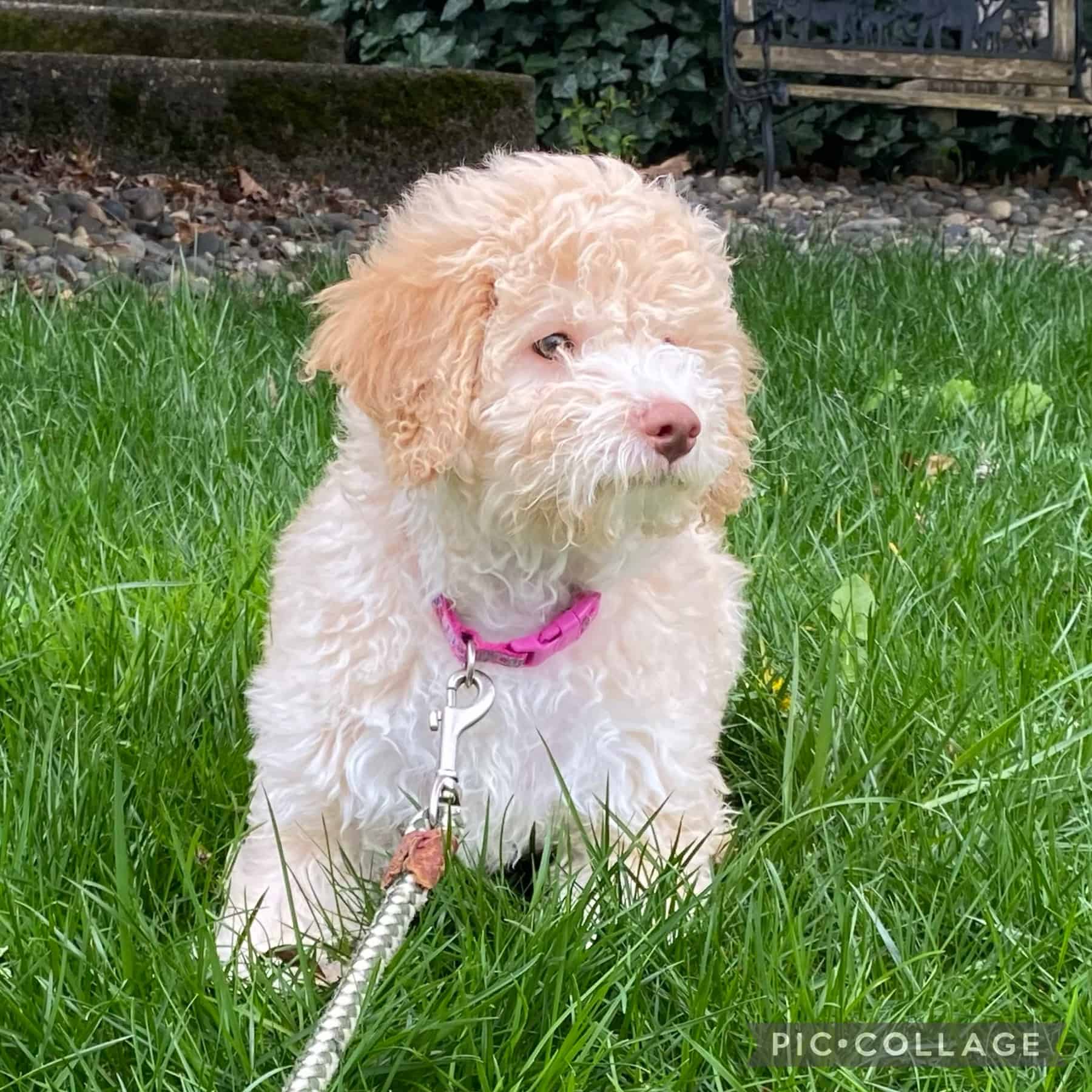Cute Heeler puppies
30986 190th Ave, Davis City, IA, USA
Blue heeler puppies
Pleasure Ridge Park, Louisville, KY, USA
Hi! My Name is Carl! <3
Hoopes Park, West Mesquite Street, Chand...
Australian Cattle Dog Puppies for Sale: Powerhouse in a Compact Package
The Australian Cattle Dog, also known as a Heeler, is an excellent dog for active people who seek a challenging dog but do not want to be overwhelmed by its size. A medium-sized dog, the Heeler is a compact and tidy animal with a ticked coat, upright ears, and steady intelligent expression. He needs extensive training and interaction with his family but makes an engaging companion for joggers, hikers, or owners who want to try their hands at agility, herding, or flyball. Australian Cattle Dog puppies for sale grow up to get along with other dogs but do better with older children as opposed to little kids.
Overview
Brief History
Thomas Hall founded what he considered the first successful Australian Cattle Dogs in the 1840s. He crossed local Drover dogs (dogs that drive livestock from behind, usually by nipping the heels) with tame Dingoes. Drover dogs were largely Smithfields from Great Britain that struggled with the arid climate and rough terrain and suffered from stamina problems. Hall accomplished his development of the breed in New South Wales. In the 1870s and beyond, Robert Kaleski further developed the Hall Heelers in Queensland. George Elliot crossed Collies with Dingoes, and the Bagust brothers introduced Dalmatians to the Queensland Heelers. Australian Cattle Dogs joined the working group of the AKC in 1980 and became a member of the herding class when it split in 1983.
Appearance of an Australian Cattle Dog for Sale
A Heeler should be sturdy, compact, and balanced. Males are 18 to 20 inches tall while females are about an inch shorter. The head is round and harmonious with the body, the skull broad, and the eyes wide-spaced. Heelers have oval-shaped medium eyes that should be brown. Like the eyes, the ears are wide-spaced and stand upright with a moderate point at the tip. The neck and quarters are very strong, and the body is slightly longer than tall at a 10:9 ratio. Australian Cattle Dogs have a fairly low-set bushy tail that is medium in length.
Gait
A Heeler’s athleticism is evident in its fluid and harmonious gait. The croup is long and sloping, enabling the dog to achieve fast speeds in short bursts. Quick lateral movements are also paramount for the dog’s work.
Colors
Australian Cattle Dogs are one of two main colors. Red Heeler puppies for sale are speckled brown and white, making them appear red. Similarly, Blue Heeler puppies for sale are white with numerous black specks or ticking that make them look blue or gray. However, Blue Heeler puppies for sale are born white as are the Red Heelers.
Temperament
Heelers make no secret of their suspicion of strangers on introduction. However, they remain polite. Australian Cattle Dogs are calm and steady but make good watchdogs in the face of intrusions. They enjoy children but may nip and herd younger kids. Heelers are excellent playmates for other dogs if socialized early.
How to Care for Australian Cattle Dog
It is not very easy to tell what challenges you will face when looking at a box of Blue Heeler puppies for sale. When puppies are ready to go home between nine and twelve weeks of age, they will still be quite small. They soon grow into athletic and robust dogs that require a lot of attention, exercise, and mental stimulation.
Feeding
Australian Cattle dogs require good-quality dog food as you would expect. Even dogs that do not work have a high metabolism through their energetic and quick-witted response to life. Protein from a named meat source should be among the top five ingredients. Ideally, protein will be the first ingredient in dry food but in canned food, water will. Your dog will be able to best use fat if it also comes from animal sources, but many premium dog foods use coconut, olive, flaxseed, and other plant oils. All of these are also high-quality fats and perfectly acceptable.
Carbohydrates
The third macronutrients and the most controversial for dogs are carbohydrates. Most commercial dog foods have some. Many owners prefer to avoid feeding their dogs grains, but grain-free dog food often has potatoes and peas. A few commercial diets attempt to mimic a wild dog’s prey-based meals and use limited amounts of berries. Whatever you decide, a consultation with your veterinarian can help you feel good about the individualized recipes you ultimately choose for your pet. You may have to consider allergies and food intolerances.
Food Amounts
Blue Heelers should eat 25 to 35 calories per pound per day divided into two or more meals. Puppies and working dogs may need 50 to 75 calories per pound daily. Otherwise, use the base caloric needs as a guide. Increase feedings if your dog is more active. Decrease how many calories you feed if your pet is in her senior years or seems to be gaining too much weight.
Grooming
Australian Cattle dogs have flat coats that are hard to the touch. It is comprised of short guard hairs and a dense undercoat. A Heeler’s coat is dirt resistant, which makes its upkeep exceedingly easy. You can brush your dog once a week with a stiff bristle or pin brush. You should also clip your dog’s claws every four to six weeks depending on how much she wears them down. Your routine should also include teeth brushing, cleaning the ears, and wiping away eye debris. You likely will not have to give your Heeler a bath more than once every few months.
Exercise
An Australian Cattle Dog needs at least an hour of exercise daily. A portion of the activities should be at high speeds once your dog is an adult. Never push a puppy too hard as their growth plates can be fragile and a potential source of discomfort. You should mix up your dog’s high-intensity exercises with training. This can take the form of socialization when your pup is young and advanced training or event-oriented practice when your pet is mature. Great exercises that will help you bond with your Heeler are agility, flyball, outdoor adventures, bicycling while your dog runs alongside, and herding trials. Australian Cattle Dogs do best when they have a job to do. Bored Heelers will create their own “activities” which can include digging, chewing, escaping, and going through all of your belongings. Your Dog can probably figure out how to open doors and drawers.
Training
No One talks much about how smart an Australian cattle Dog for Sale is, but they rank in the top ten of working intelligence lists. Although Heelers pick up commands quickly, they require reminders about who is in charge. The breed can have a troublesome independent streak and is bossy with novice owners. Otherwise, Heelers are willing to please. The other big challenge is to keep their training sessions interesting as some disobedience stems from boredom.
Health
You notice an ad that says, “Blue Heeler puppies for sale near me” and you get excited. While the excitement is great, your proactive reaction should be to visit them. Ask to see the mother, at least, and possibly the father. Seeing the parents gives you an idea of the size and coloration of your puppy. You can also assess the general health perception of the adults and puppies on the premises and their level of care. They live 12 to 15 years.
